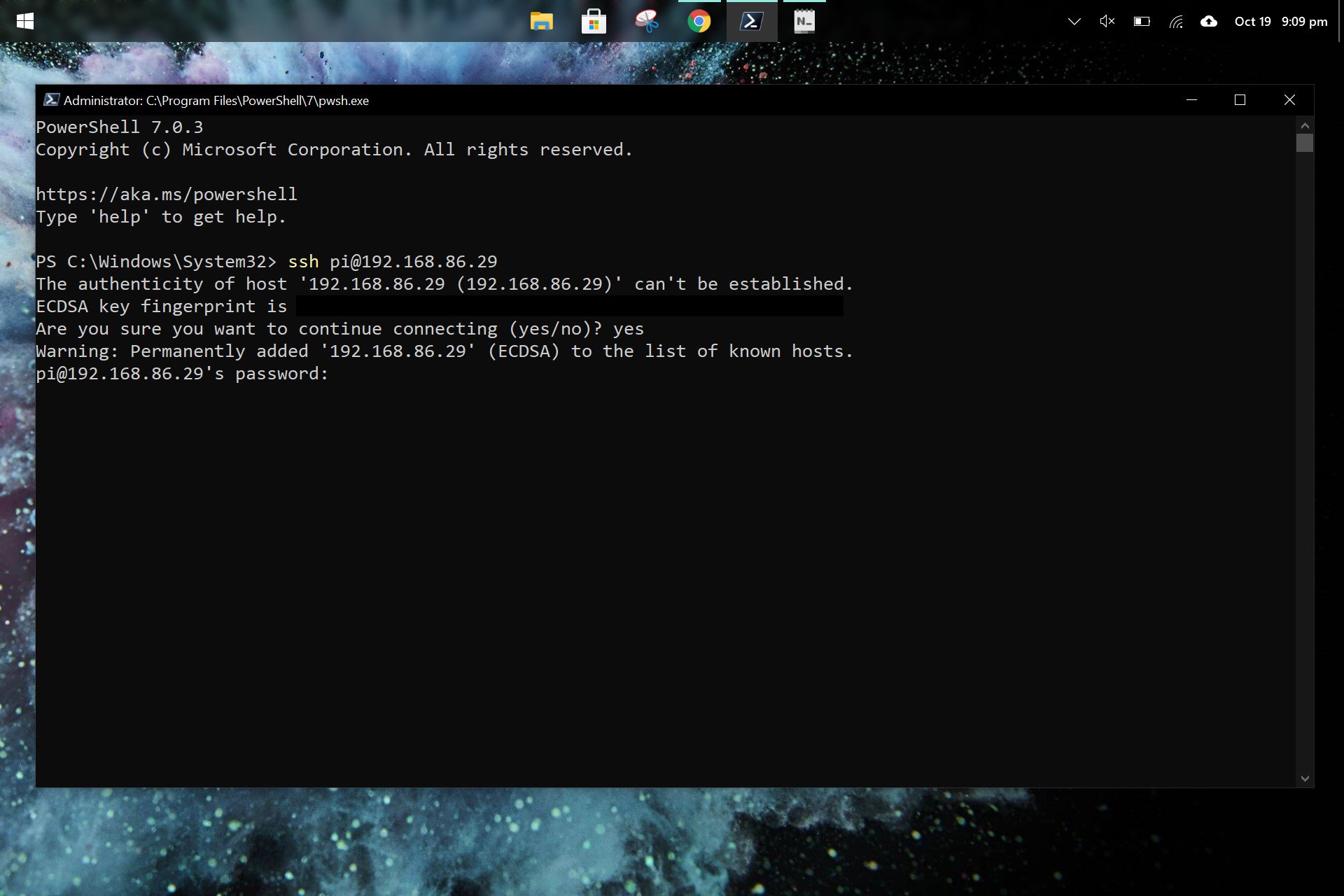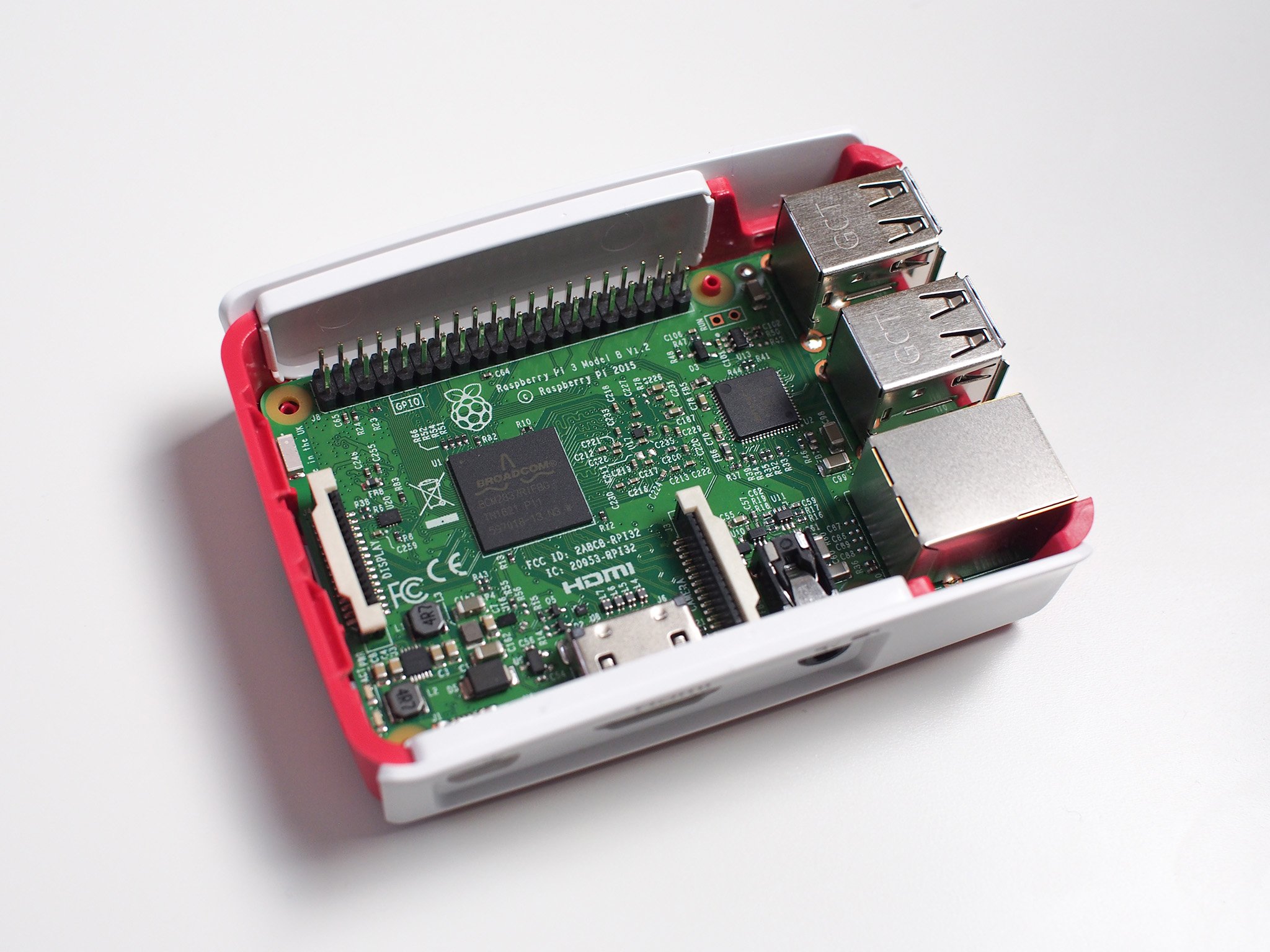RemoteIoT Platform SSH Download Raspberry Pi: The Ultimate Guide For Remote Access
Have you ever thought about how amazing it would be to control your Raspberry Pi from anywhere in the world? Well, remote IoT platform SSH download Raspberry Pi makes this dream a reality. Imagine being able to access your projects, run scripts, and manage your devices without being physically present. Sounds cool, right? In this article, we’ll take you through everything you need to know about setting up remote access for your Raspberry Pi using SSH and IoT platforms. So buckle up, because we’re about to dive deep into the world of remote computing!
SSH, or Secure Shell, is like a magical key that lets you access your Raspberry Pi securely from another computer. It’s one of the most reliable ways to manage your devices remotely, especially when combined with an IoT platform. Whether you're a beginner or a seasoned tech enthusiast, this guide will walk you through the steps to set up remote access for your Raspberry Pi.
We’ll cover everything from the basics of SSH and IoT platforms to advanced tips for optimizing your setup. By the end of this article, you’ll be ready to take full control of your Raspberry Pi from anywhere in the world. Let’s get started!
Table of Contents
- What is SSH and Why Should You Care?
- Raspberry Pi Basics: A Quick Overview
- Setting Up SSH on Your Raspberry Pi
- Choosing the Right IoT Platform
- Connecting to Your Raspberry Pi Remotely
- Security Best Practices for Remote Access
- Advanced Features and Tips
- Troubleshooting Common Issues
- Real-World Applications of Remote IoT Platforms
- Conclusion and Next Steps
What is SSH and Why Should You Care?
SSH stands for Secure Shell, and it’s basically a protocol that allows you to securely connect to a remote device over a network. Think of it as a super-secure way to access your Raspberry Pi from anywhere, even if you're miles away. The best part? It’s encrypted, so no one can snoop on what you’re doing.
Now, why should you care about SSH? Well, if you’ve ever wanted to manage your Raspberry Pi without being physically present, SSH is your go-to solution. Whether you're running a home automation system, monitoring sensors, or managing a server, SSH gives you the power to do it all remotely.
How SSH Works
Here’s the deal: SSH creates a secure tunnel between your computer and your Raspberry Pi. This tunnel encrypts all the data that flows between the two devices, making it almost impossible for hackers to intercept your information. It’s like having a secret handshake that only you and your Raspberry Pi understand.
- SSH uses public and private keys for authentication.
- It encrypts all data transmitted between devices.
- It supports various commands and file transfers.
Raspberry Pi Basics: A Quick Overview
Before we dive into the nitty-gritty of setting up SSH, let’s talk about the star of the show: the Raspberry Pi. This little device is like a Swiss Army knife for tech enthusiasts. It’s a tiny computer that can do everything from running servers to controlling robots. And the best part? It’s affordable and super easy to use.
If you’re new to the Raspberry Pi world, here’s a quick rundown of what makes it so awesome:
- It’s a low-cost, credit-card-sized computer.
- It’s perfect for learning programming and electronics.
- It can run a variety of operating systems, including Raspbian and Ubuntu.
Why Raspberry Pi is Ideal for Remote IoT Projects
The Raspberry Pi is a dream come true for IoT enthusiasts. Its small size, low power consumption, and versatility make it perfect for remote projects. Whether you're building a weather station, a home security system, or a smart garden, the Raspberry Pi can handle it all.
Setting Up SSH on Your Raspberry Pi
Alright, let’s get down to business. Setting up SSH on your Raspberry Pi is easier than you might think. Follow these steps, and you’ll be up and running in no time:
- Make sure your Raspberry Pi is connected to the internet.
- Open the terminal on your Raspberry Pi.
- Type
sudo raspi-configand hit enter. - Navigate to "Interfacing Options" and select "SSH".
- Choose "Enable" and reboot your Raspberry Pi.
And that’s it! You’ve just enabled SSH on your Raspberry Pi. Now you’re ready to connect to it from anywhere in the world.
Using SSH Keys for Enhanced Security
While passwords are convenient, they’re not the most secure way to access your Raspberry Pi. That’s where SSH keys come in. By using SSH keys, you can authenticate your connection without needing to enter a password every time.
Here’s how to set it up:
- Generate an SSH key pair on your local machine.
- Copy the public key to your Raspberry Pi.
- Disable password authentication for added security.
Choosing the Right IoT Platform
Now that you’ve got SSH up and running, it’s time to choose an IoT platform to enhance your remote access capabilities. There are tons of options out there, but here are a few of the best:
- Adafruit IO: Great for beginners, with a user-friendly interface.
- ThingsBoard: Perfect for advanced users who want more control.
- Losant: Offers powerful features for building complex IoT applications.
When choosing an IoT platform, consider factors like ease of use, scalability, and integration options. The right platform can make all the difference in your remote IoT projects.
How IoT Platforms Work with SSH
IoT platforms work hand-in-hand with SSH to give you full control over your devices. While SSH handles the secure connection, the IoT platform provides tools for monitoring, managing, and analyzing data from your Raspberry Pi.
Connecting to Your Raspberry Pi Remotely
Now that everything is set up, it’s time to connect to your Raspberry Pi remotely. Here’s how you can do it:
- Find your Raspberry Pi’s IP address.
- Open a terminal on your local machine.
- Type
ssh pi@and hit enter. - Enter your password or use your SSH key for authentication.
And just like that, you’re connected to your Raspberry Pi from anywhere in the world. Pretty cool, huh?
Tips for a Smooth Connection
Here are a few tips to ensure a smooth SSH connection:
- Make sure your Raspberry Pi is always connected to the internet.
- Use a static IP address or a dynamic DNS service to avoid connection issues.
- Regularly update your Raspberry Pi’s software for the best performance.
Security Best Practices for Remote Access
Security should always be a top priority when setting up remote access for your Raspberry Pi. Here are some best practices to keep your device safe:
- Use strong, unique passwords for your Raspberry Pi.
- Enable two-factor authentication whenever possible.
- Keep your software and firmware up to date.
- Limit access to trusted IP addresses if possible.
By following these practices, you can protect your Raspberry Pi from unauthorized access and potential threats.
Common Security Threats and How to Avoid Them
Some common security threats to watch out for include brute-force attacks, malware infections, and unauthorized access. To avoid these, make sure to:
- Regularly monitor your device for suspicious activity.
- Use firewalls and intrusion detection systems.
- Be cautious when downloading software or scripts.
Advanced Features and Tips
Once you’ve mastered the basics, it’s time to explore some advanced features and tips for getting the most out of your remote IoT setup:
- Set up port forwarding for easier access.
- Use cron jobs to automate tasks on your Raspberry Pi.
- Install monitoring tools to keep an eye on your device’s performance.
These features can help you streamline your workflow and make the most of your Raspberry Pi’s capabilities.
Taking Your Projects to the Next Level
With the right tools and knowledge, you can take your remote IoT projects to the next level. Whether you’re building a smart home, a weather station, or a remote server, the possibilities are endless.
Troubleshooting Common Issues
Even the best-laid plans can sometimes go awry. Here are some common issues you might encounter when setting up remote access for your Raspberry Pi, along with solutions:
- Connection issues: Check your IP address and ensure your Raspberry Pi is connected to the internet.
- Authentication errors: Make sure your SSH keys are correctly configured.
- Performance problems: Update your software and optimize your scripts.
By addressing these issues promptly, you can keep your Raspberry Pi running smoothly.
Real-World Applications of Remote IoT Platforms
So, what can you actually do with a remote IoT platform and SSH? The answer is: a lot! Here are a few real-world applications:
- Home automation: Control your lights, thermostat, and security system from anywhere.
- Environmental monitoring: Track temperature, humidity, and air quality in real-time.
- Remote servers: Run a web server or database on your Raspberry Pi.
The possibilities are only limited by your imagination.
Conclusion and Next Steps
And there you have it: everything you need to know about remote IoT platform SSH download Raspberry Pi. By following this guide, you’ve learned how to set up SSH, choose the right IoT platform, and take your remote projects to the next level.
Now it’s your turn to take action. Start experimenting with your Raspberry Pi, explore new projects, and don’t be afraid to push the limits. Remember, the world of IoT is full of possibilities, and with the right tools, you can make anything happen.
So what are you waiting for? Get out there and start building! And don’t forget to share your experiences in the comments below. We’d love to hear about your projects and how this guide helped you achieve your goals.
- Lashontae Heckard Teyana Taylor
- Laura Ingrahams Husband
- Lauren S%C3%A3nchezs Background
- Liann Freeman
- Laure Mattos

RemoteIoT Platform SSH Download Raspberry Pi Without Windows A

RemoteIoT Platform SSH Download Raspberry Pi Without Windows A

How To Use RemoteIoT Platform SSH Download Raspberry Pi Without Hassle